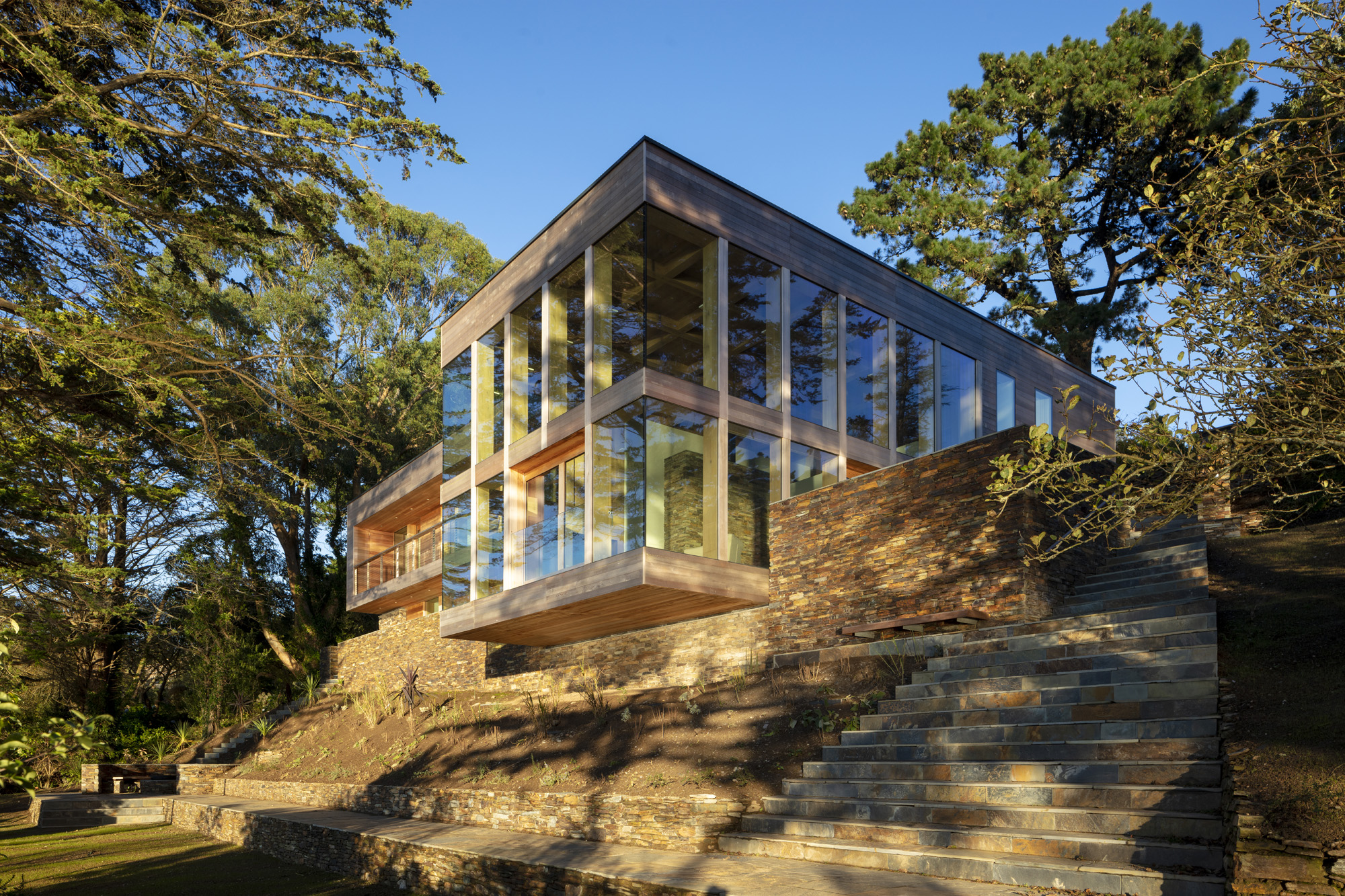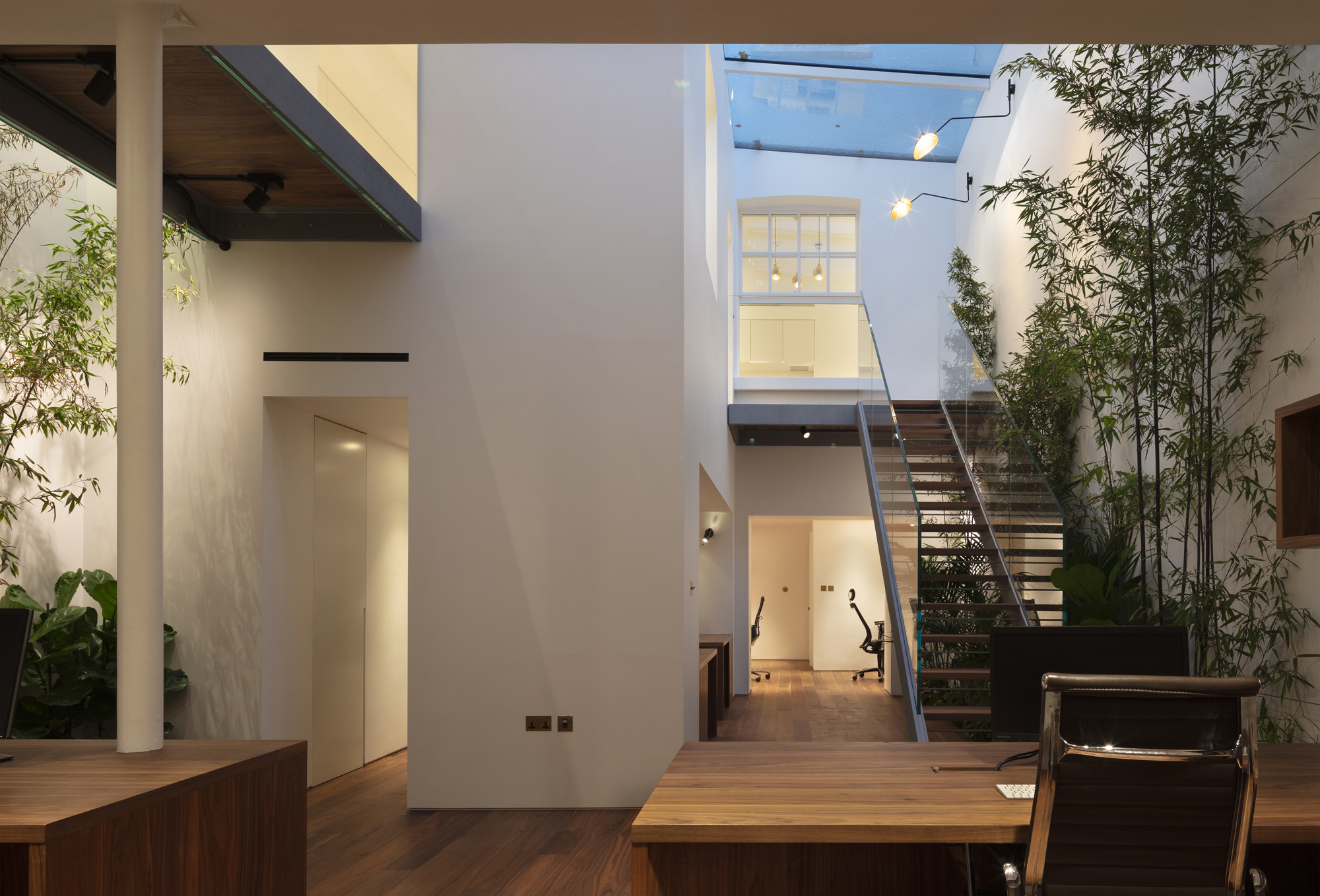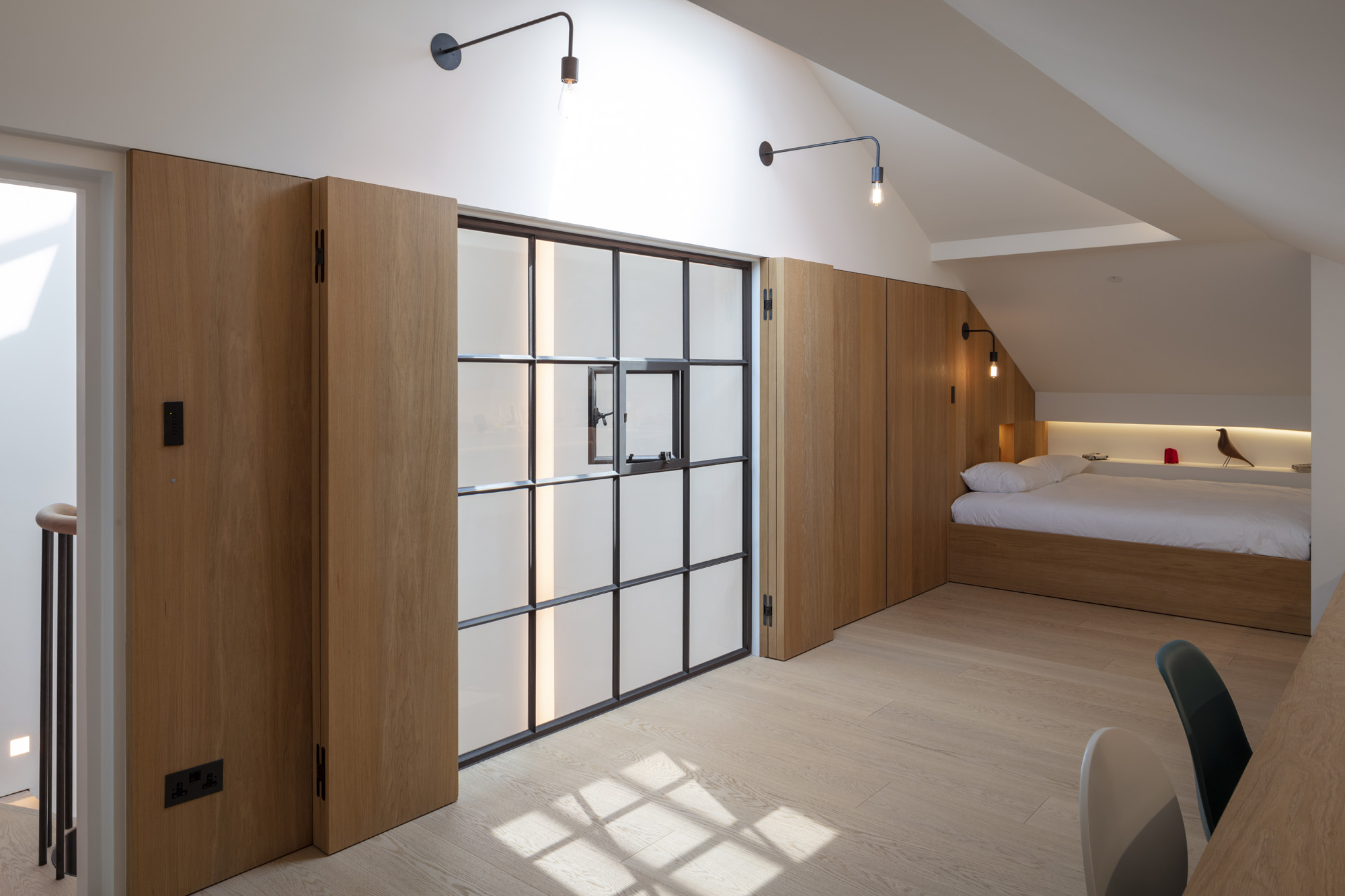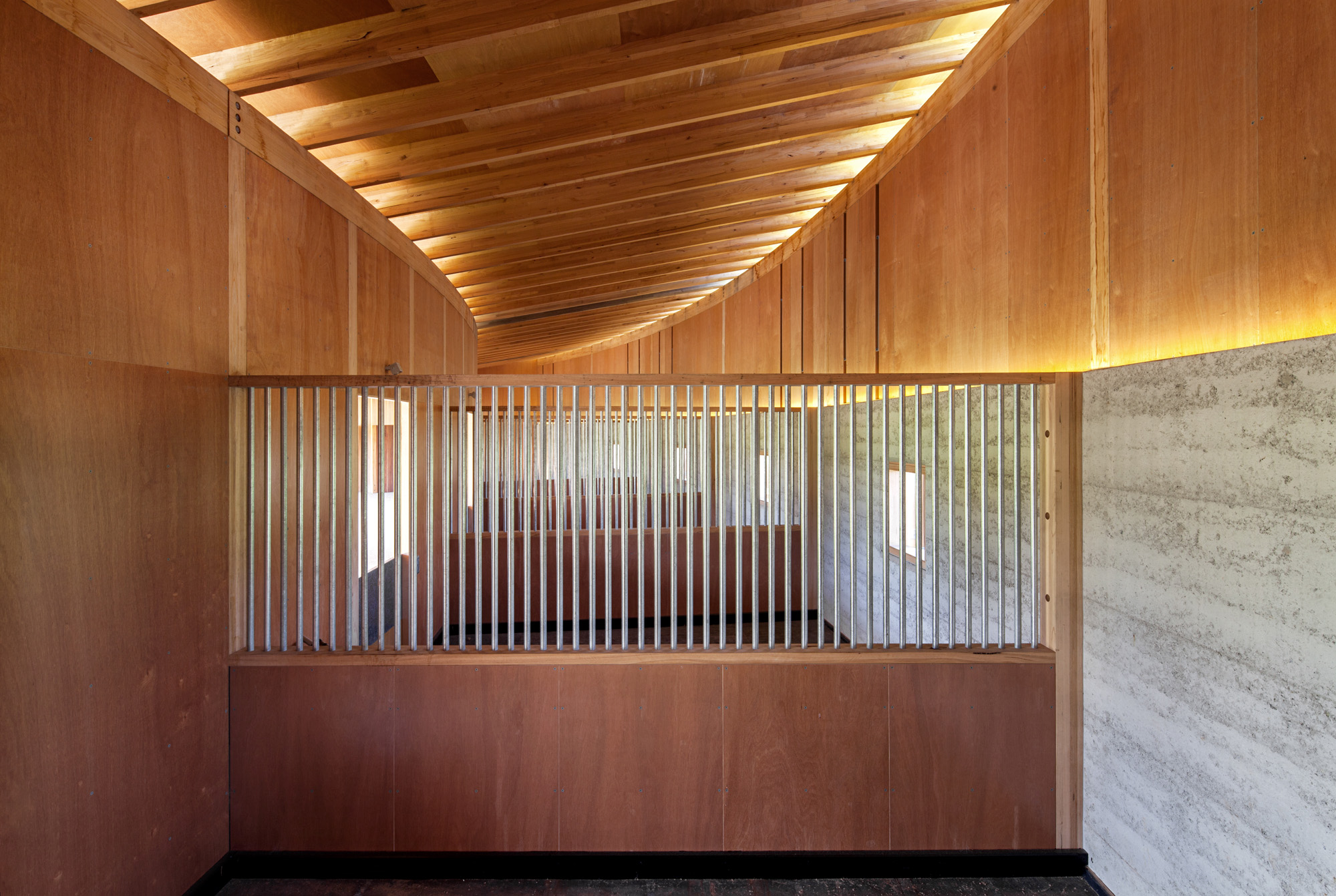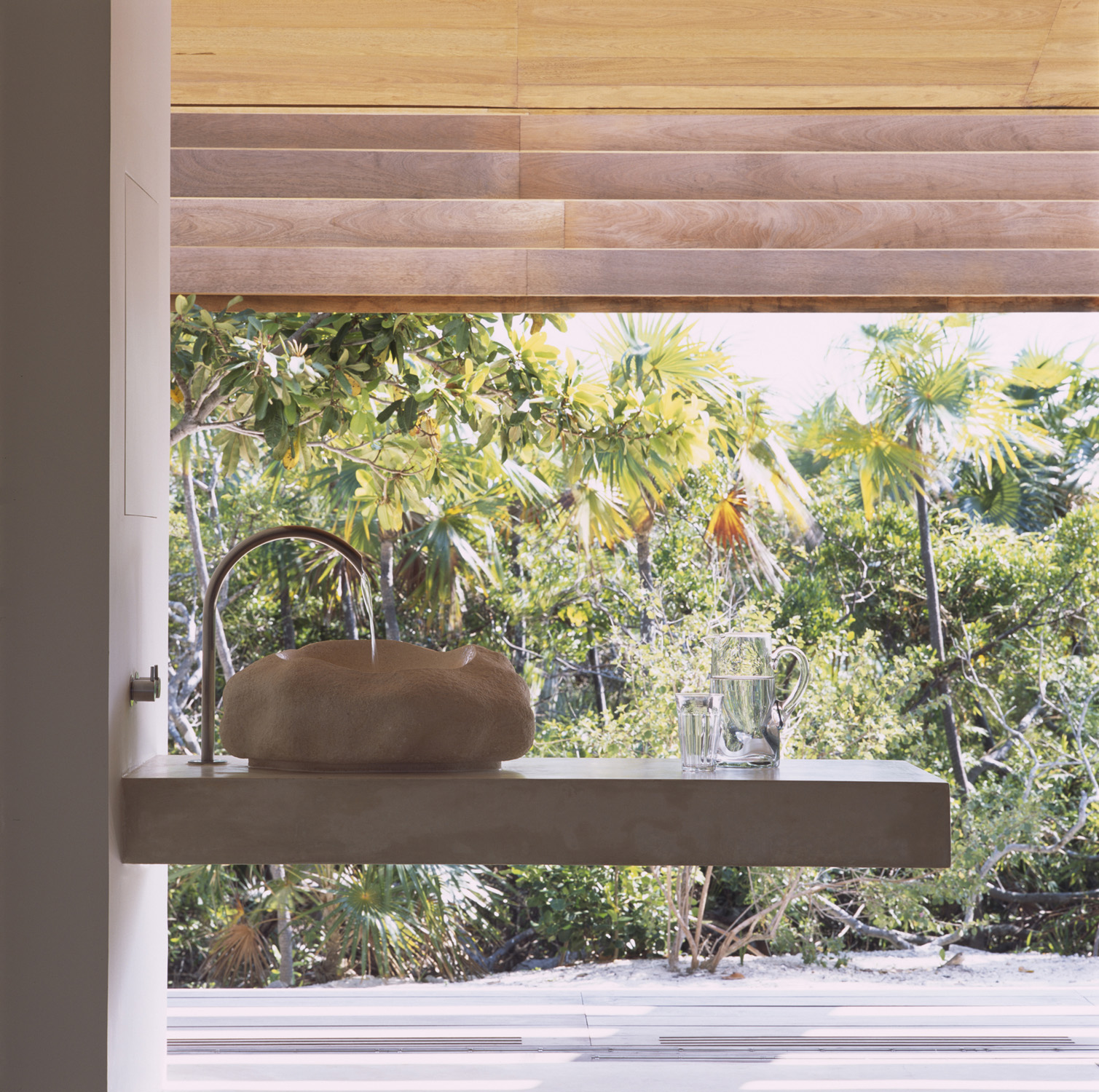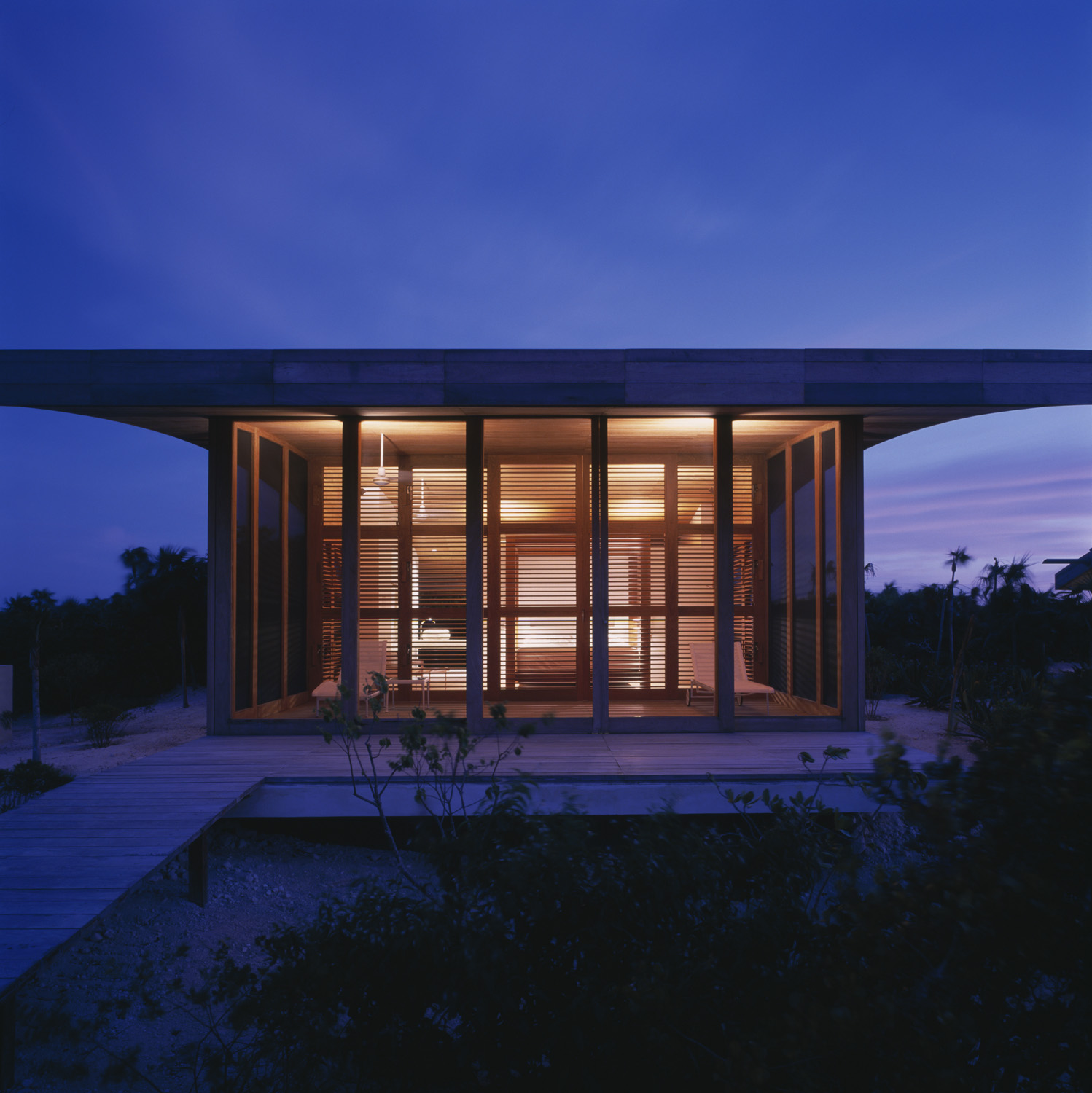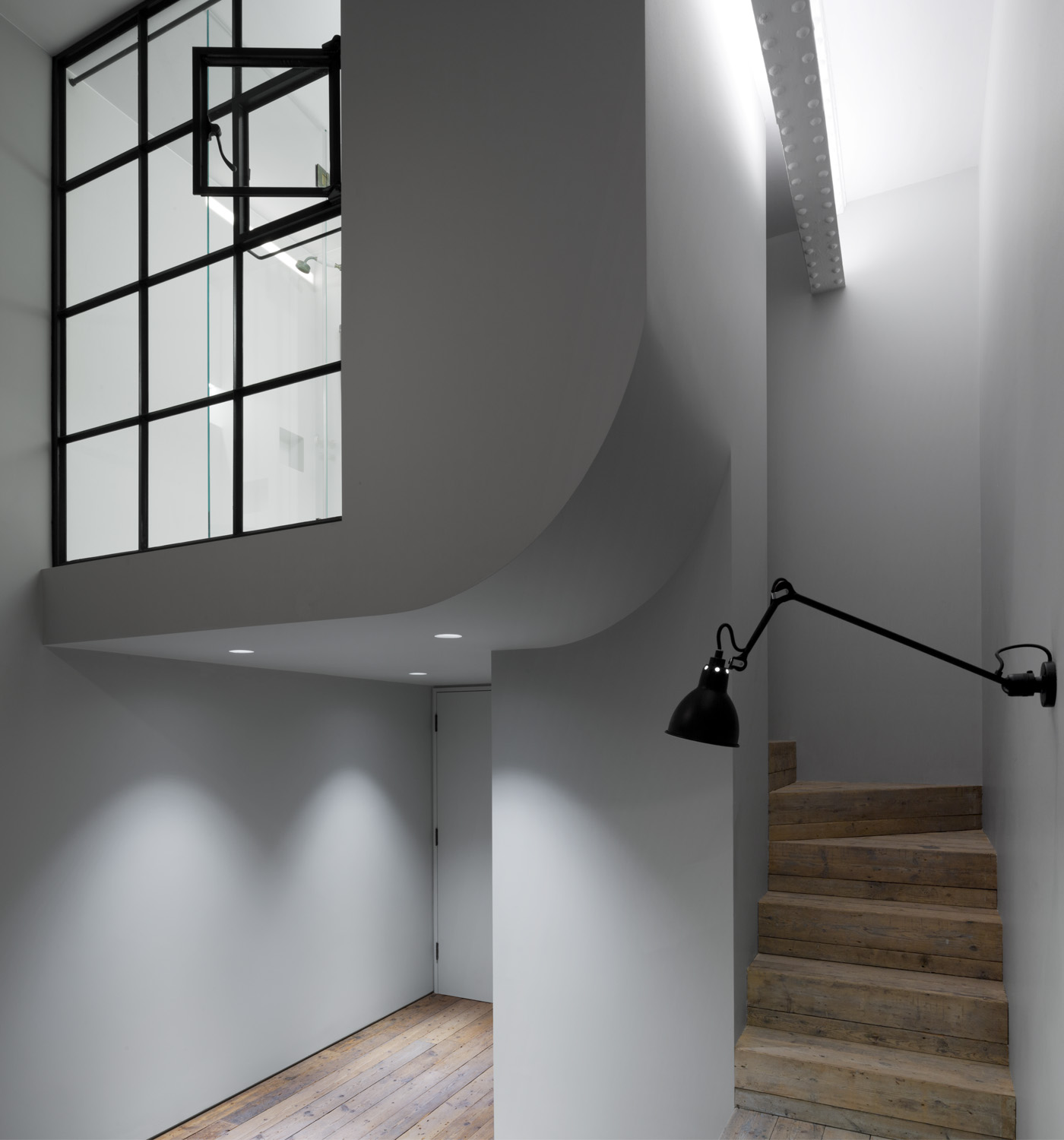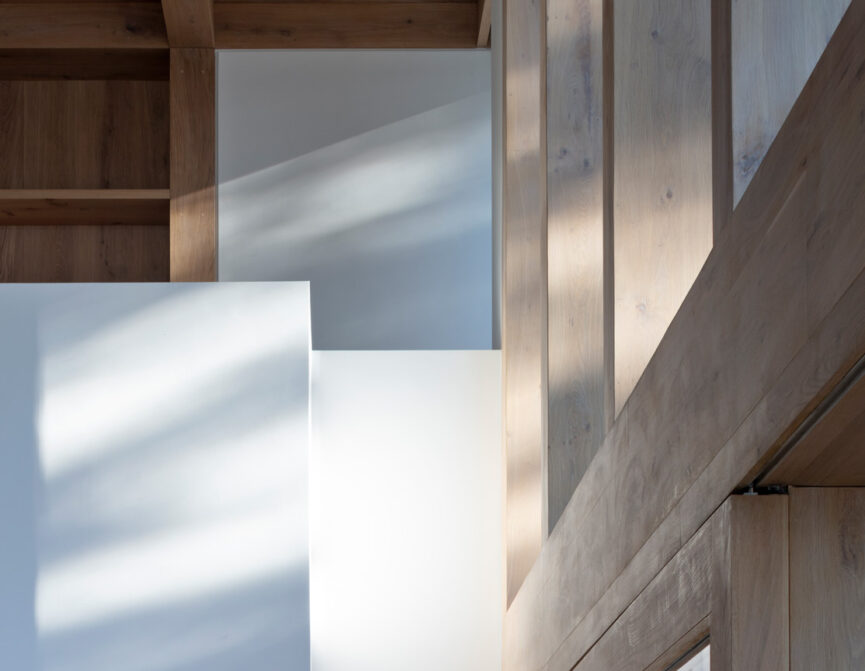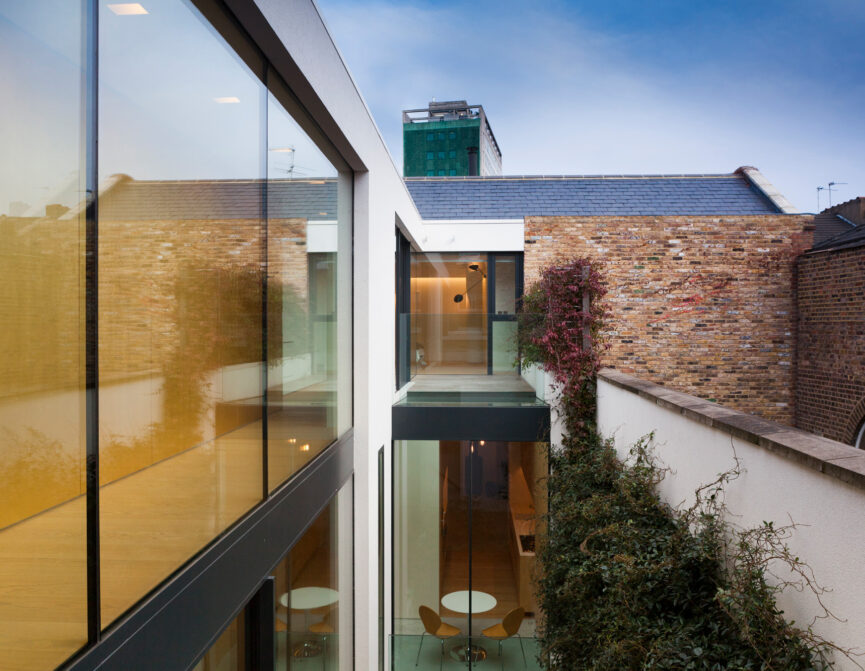Seth Stein of Seth Stein Architects reveals how urban architecture may look in the future
Seth Stein has created projects that redefine modern home design. Having worked in the offices of Richard Rogers and Norman Foster, his award-winning practice is delighting clients from London to Lagos. Founded in 1990, Seth Stein Architects has employed a range of vernaculars – including rammed earth and prefab timber – that are sympathetic to their surroundings but also to Seth’s passion for creating unique buildings.
Seth cut his teeth in studios that pioneered high tech architecture at a time when the gleaming steel and glass towers of this style were transforming cityscapes around the world. “It’s difficult to describe one’s own work,” Seth muses. “Obviously, it’s governed by the great modernist architects of the late 20th century, which includes high tech.” You may not find much exposed pipework in Seth’s recent designs but the influences from this time can be seen in his work. It is bold, modern and often described as minimalist.
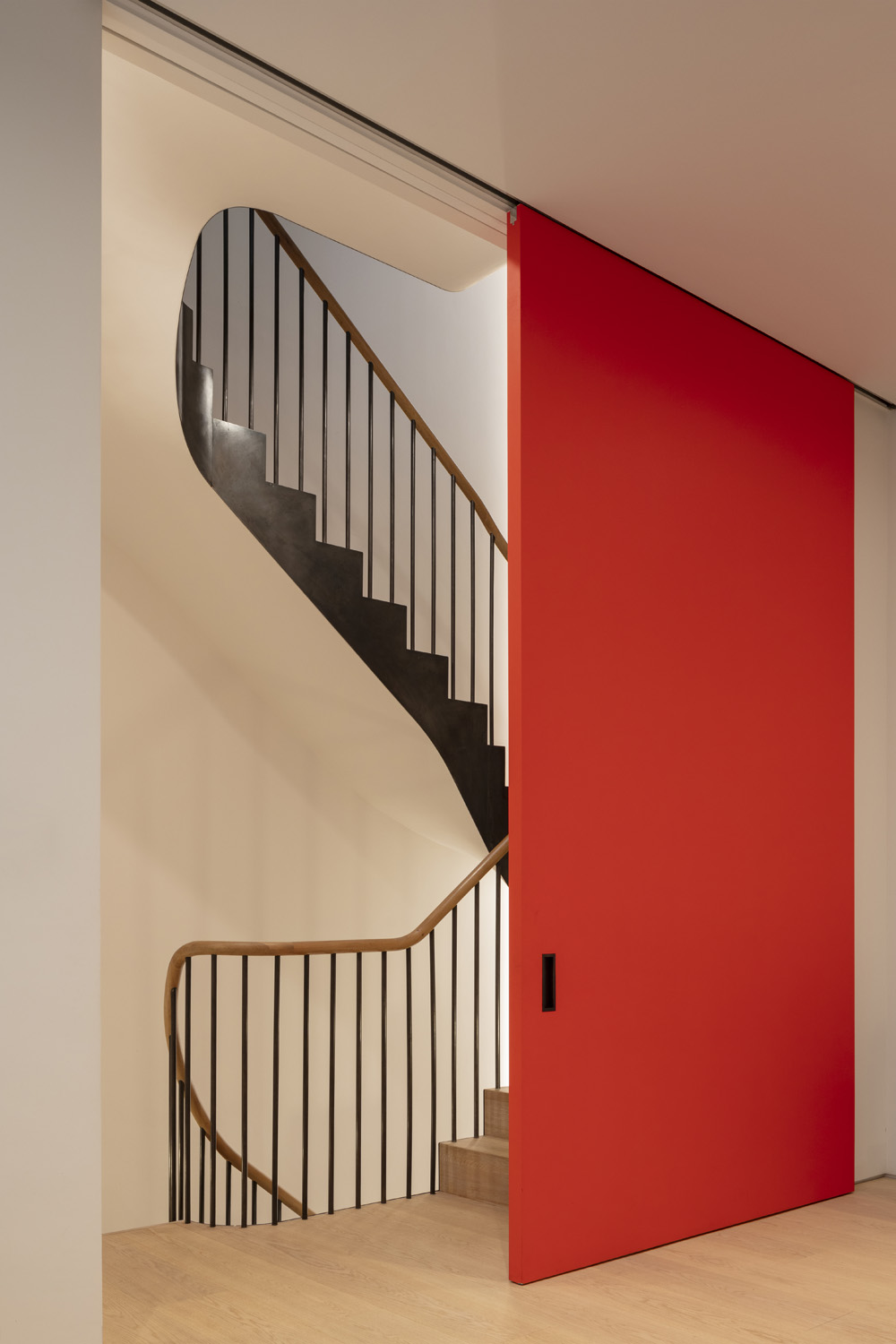
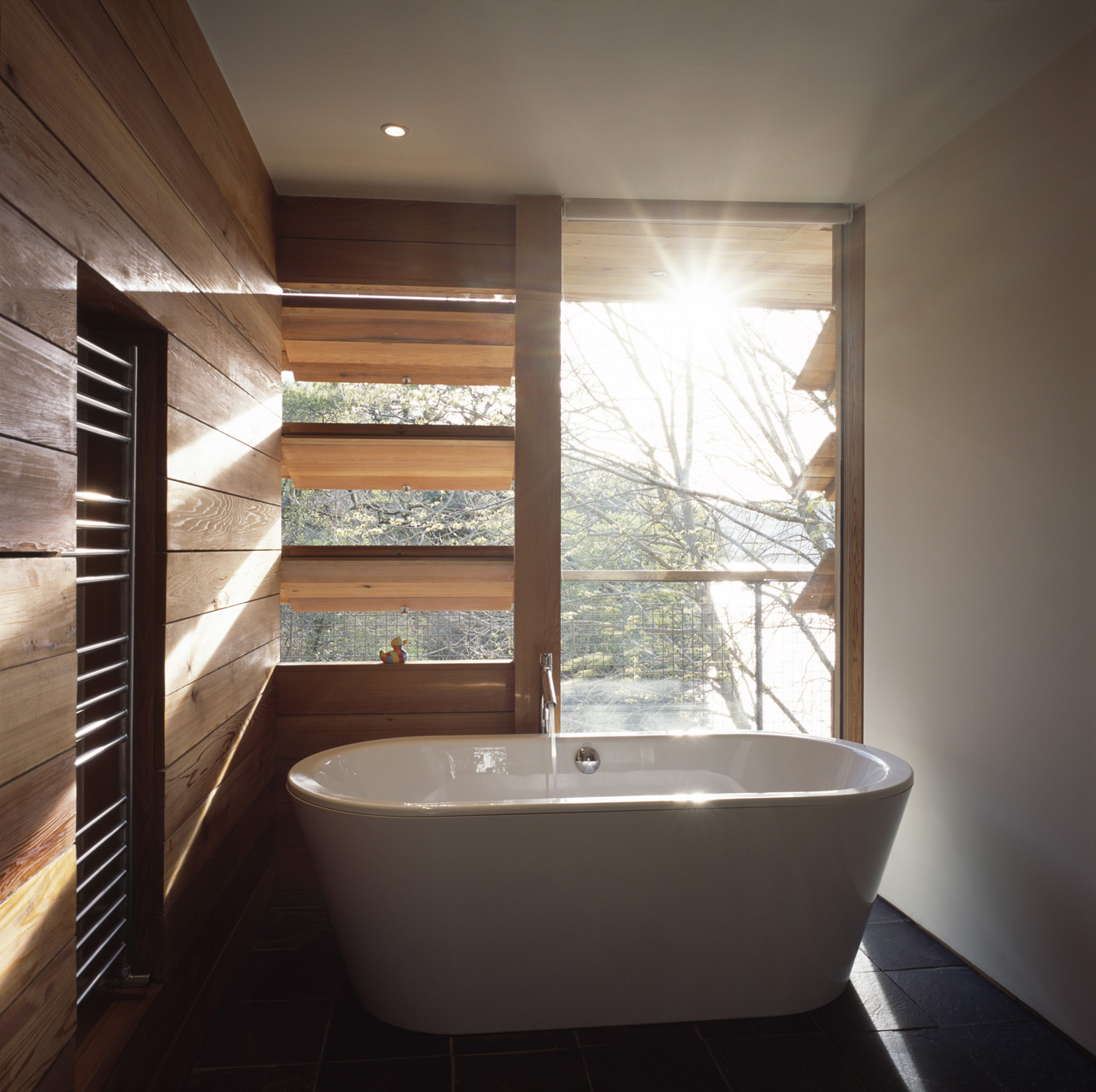

Now Seth is considering our changing relationship with our homes. “It became a big discussion about how we live during a pandemic,” he says. “We’ve emerged on the other side keeping some of those qualities such as a small amount of external space. The home is an office, the kitchen is a multi-purpose space where you can work as well as be more social. I think they are more qualities of how we live rather than what we’re living in.”
Words like ‘lockdown’ and ‘homeworking’ have become synonymous with our new requirements for our homes. Extensions, conversions and renovation projects have skyrocketed. Life has had to adapt and, long term, Seth believes our homes will too. “We had this great movement towards open-plan and everything being one space which flows easily and now, because people need quiet study spaces, maybe there will be a movement away from an entirely open plan living model. Now we look for cosy nooks, reading spots and quiet spaces.”
From how we dispose of our rubbish to where we store our bicycles, Seth believes the stressors of modern life will give way to an appropriate design response. One existing trend not expected to bow out anytime soon, however, is the kitchen increasingly becoming the focal point of the house.
Not all the studio’s projects are residential. Around one third are commercial, including offices, retail spaces and an art gallery. One standout commercial space is the Equestrian Centre in Melbourne, Australia which makes stunning use of laminated timber and rammed earth. An exquisite project for what is effectively a stable, its majesty is indicative of the rarity of the thoroughbreds it plays host to. It is an example of a project that allowed Seth to branch out into new materials, or rather “old materials in a new way” as he puts it.

Most of the practice’s work is comprised of urban architecture in the UK, much of it in prime London locations. But they have also completed projects as far afield as Finland, Nigeria and the Caribbean. It’s mainly by word of mouth but competitions have also helped the practice to break out into overseas work, as has press coverage. “There was one case where we were on the cover of a magazine,” Seth recalls. “Someone was at a supermarket checkout and saw it and just threw it into the shopping. And we got to go to a job in Vicenza.”
One of Seth’s early landmark projects was his own house in Kensington, which was completed in 1995. “That was an opportunity to explore my architectural interests, and to kind of get them out of my system,” he explains. “Here you have a house that is actually a group of buildings, some of them new build, which are expressed in concrete and glass and steel.”
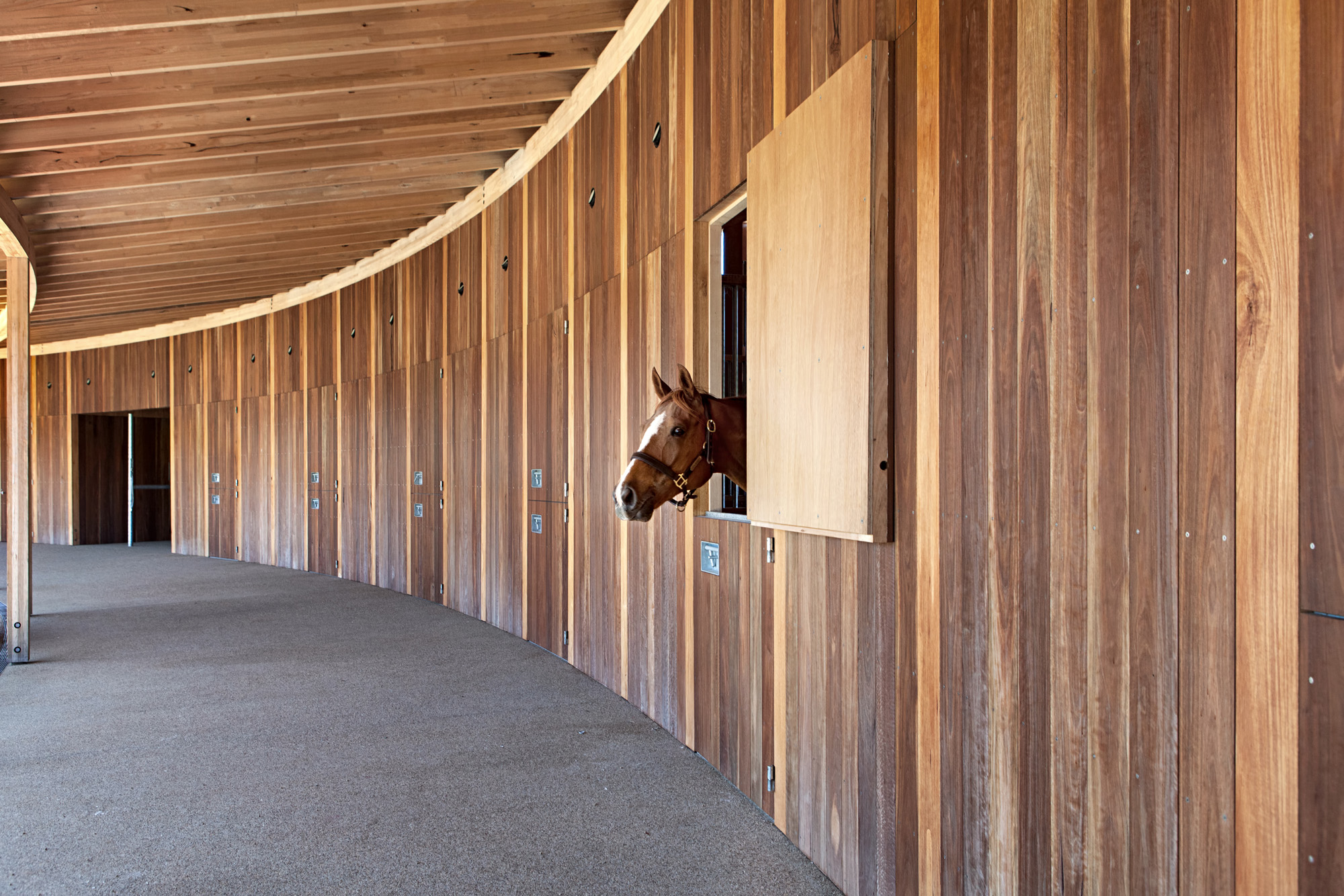
More recently, the practice designed another house in west London, this time a family home in Notting Hill. A sleek, modern house behind a traditional façade, the property came complete with solar panels and rainwater harvesting. Seth recognises the need for sustainability in good design. “I think that all sorts of different philosophies are defining architecture as we see it,” he states. “And I think that’s good.”
The practice’s most recent project is Creek House, which won a 2022 RIBA National Award. Located on the Cornish coast, the timber frame house is close to the water’s edge. The levels, geometry and sightlines are carefully considered to give occupants the sense that the house is floating.
It is a striking project with double-height living space but it remains appropriate to its setting both inside and out. “The idea was to use external materials internally, so you’ve got the texture and the reference to the region,” Seth explains. “It’s the local stone built by a local stonemason.”
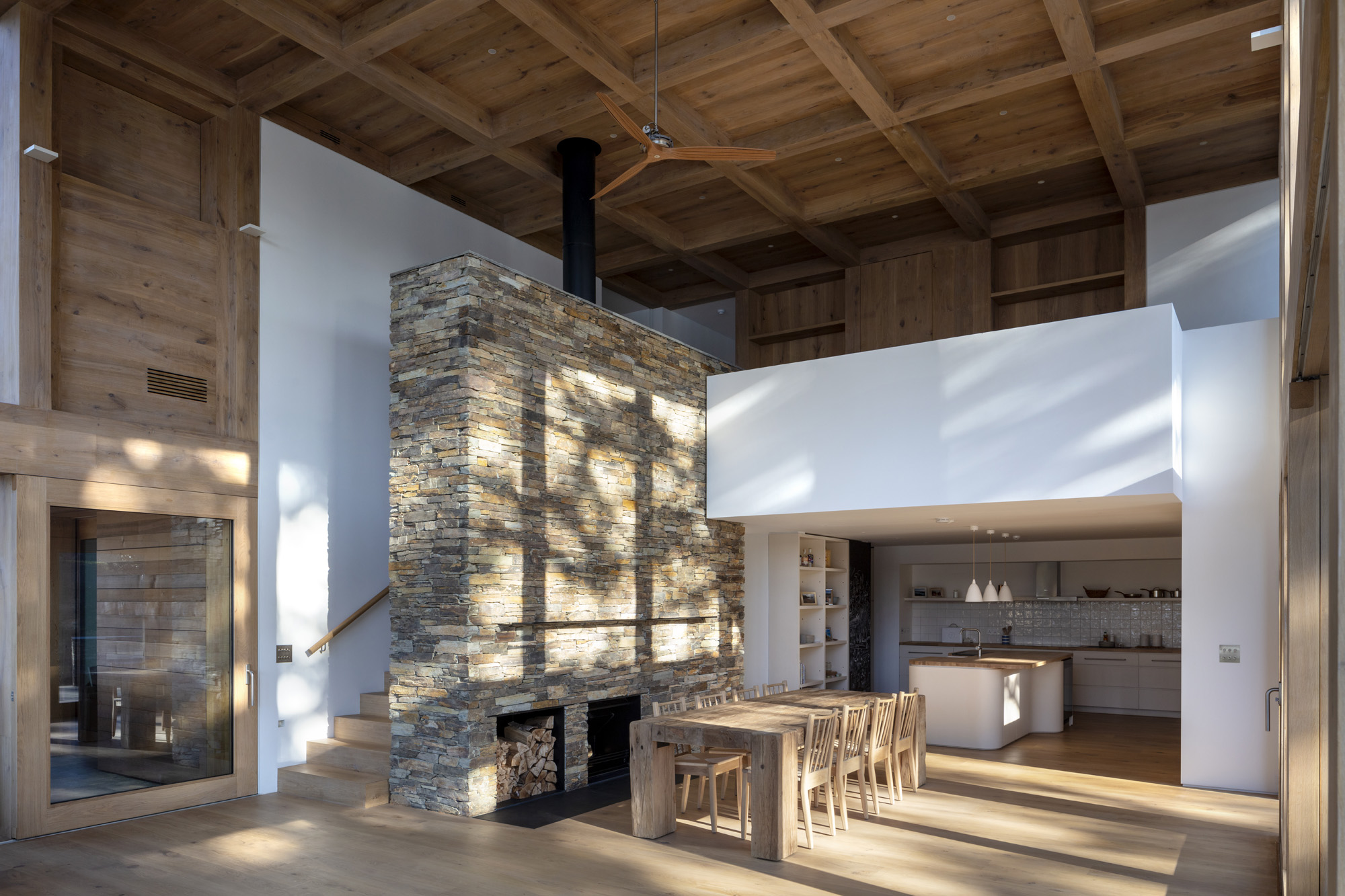
Historically significant buildings present a whole new set of issues to navigate. But Seth notes that aspects of the building that must be kept, because they are listed, can generate an interesting architectural solution. “I think they are all challenging,” Seth says on the topic of difficult projects. “It could be challenging because of the planning department, it could be challenging because of construction. There could be all sorts of things happening along the way that make it more exciting.”
The practice has picked up numerous awards both for their private residential and commercial projects. They are increasingly honing their craft creating and renovating some of London’s most desirable homes. However, some of the most significant projects for Seth were those overseas.
In 2000, they completed a summer house in Finland built on the highest point of a six-acre island off a rocky archipelago near Helsinki. Sustainable in the purest sense of the word, the house generated its own power with photovoltaic solar panels. A unique project, the practice designed a prefabricated kit that was then delivered to the island and assembled onsite.
“Because you’ve got limited resources and limited power onsite, everything has to be delivered as a flat pack,” Seth recalls. “And that principle went through into a couple of other projects that we had subsequently in remote places.”
Seth Stein Architects is a practice that learns and evolves with each project. Unafraid of unfamiliar territory, Seth clearly sees obstacles as challenges and challenges as opportunities to create something bold, beautiful and unique.


